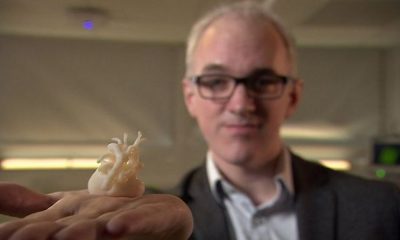Only freshwater—water found in lakes, rivers and underground springs may be used for human utilization, but not all of these sources are even potable due to the fact that there could be higher concentration of microbes present in these sources, causing some digestive diseases such as hepatitis and cholera. Not only that, industrial/agricultural wastes such as pesticide residuals make the water unfit for drinking because of its toxicity, proliferating various adverse effects such as skin irritation, bone disorders among many others. With all these factors taken to consideration, human beings have a large demand for potable drinking water. Hence, water treatment is vital to ensure a 100% potable drinking water supply for everyone.
Water treatment is the process of lessening (or if possible eliminating) harmful substances found in water and adding some chemicals that would ensure its cleanliness all throughout its distribution. Public water treatment facilities often utilize surface water sources such as lakes or rivers and undergo six primary steps in order to make it potable. These steps are: screening (removal of large debris from the water), sedimentation (removal of small particles such as sand and dirt), precipitation (removal of unwanted molecules/ions), Filtration (removal of even smaller particles sedimentation failed to remove), Adsorption (removal of organic compounds by using Powdered Activated Carbon or PAC) and Disinfection (removal of microorganisms with the administration of certain chemicals such as chlorine and chloramines).
As stated above, the water treatment process doesn’t only involve the elimination of potentially harmful substances in water. This process also administers the addition of certain helpful substances that act in various beneficial ways. For example, fluorine is added regularly to strengthen teeth for everyone who drinks the treated water. Successful administration of fluorine in water has reduced cavities among children (and even adults) in many cities around the world.
Lastly, the water treatment process is a cycle—once water has been used, it has two ways of reentering the freshwater supply: through natural evaporation (one example is by human sweating, which eventually evaporates and returns as rain) or via wastewater treatment facilities (otherwise known as sewage facilities).
The process of wastewater treatment utilizes almost the same steps involved in water treatment, but its goal is to return the treated water into the environment once it has been deemed safe enough—especially in the case of lakes/rivers where swimming and fishing occurs.
In essence, constant supply for clean, drinkable water is of utmost importance, that’s why water treatment is important to fulfill this demand. Also, in order to ensure that water stays uncontaminated until it reaches residences, good internal plumbing is a must.
Dianne Grover

 Entertainment52 years ago
Entertainment52 years ago
 Articles52 years ago
Articles52 years ago
 Fitness & Sports52 years ago
Fitness & Sports52 years ago
 Beauty52 years ago
Beauty52 years ago
 Entertainment52 years ago
Entertainment52 years ago
 Fitness & Sports52 years ago
Fitness & Sports52 years ago
 Travel52 years ago
Travel52 years ago
 Food52 years ago
Food52 years ago


















